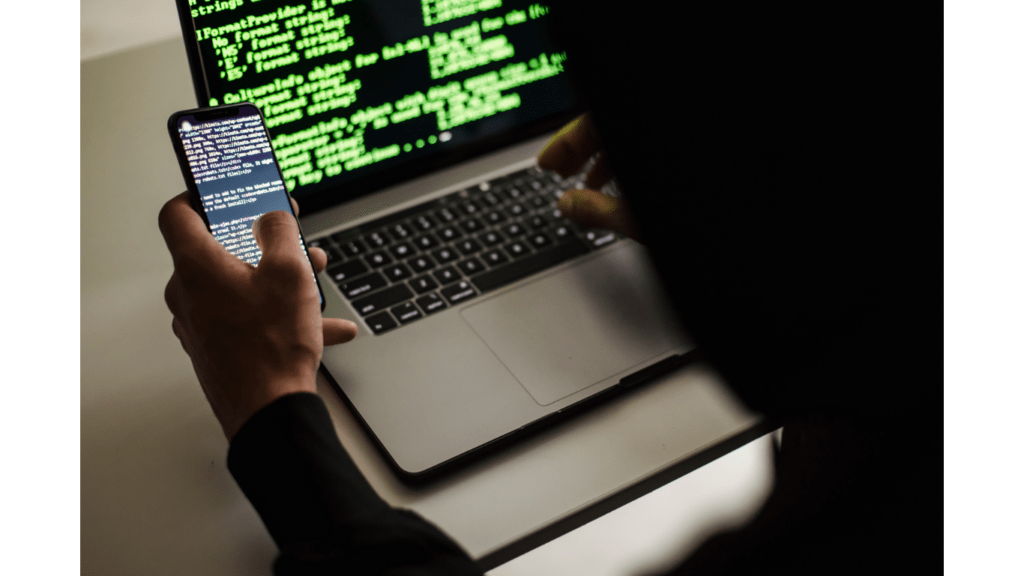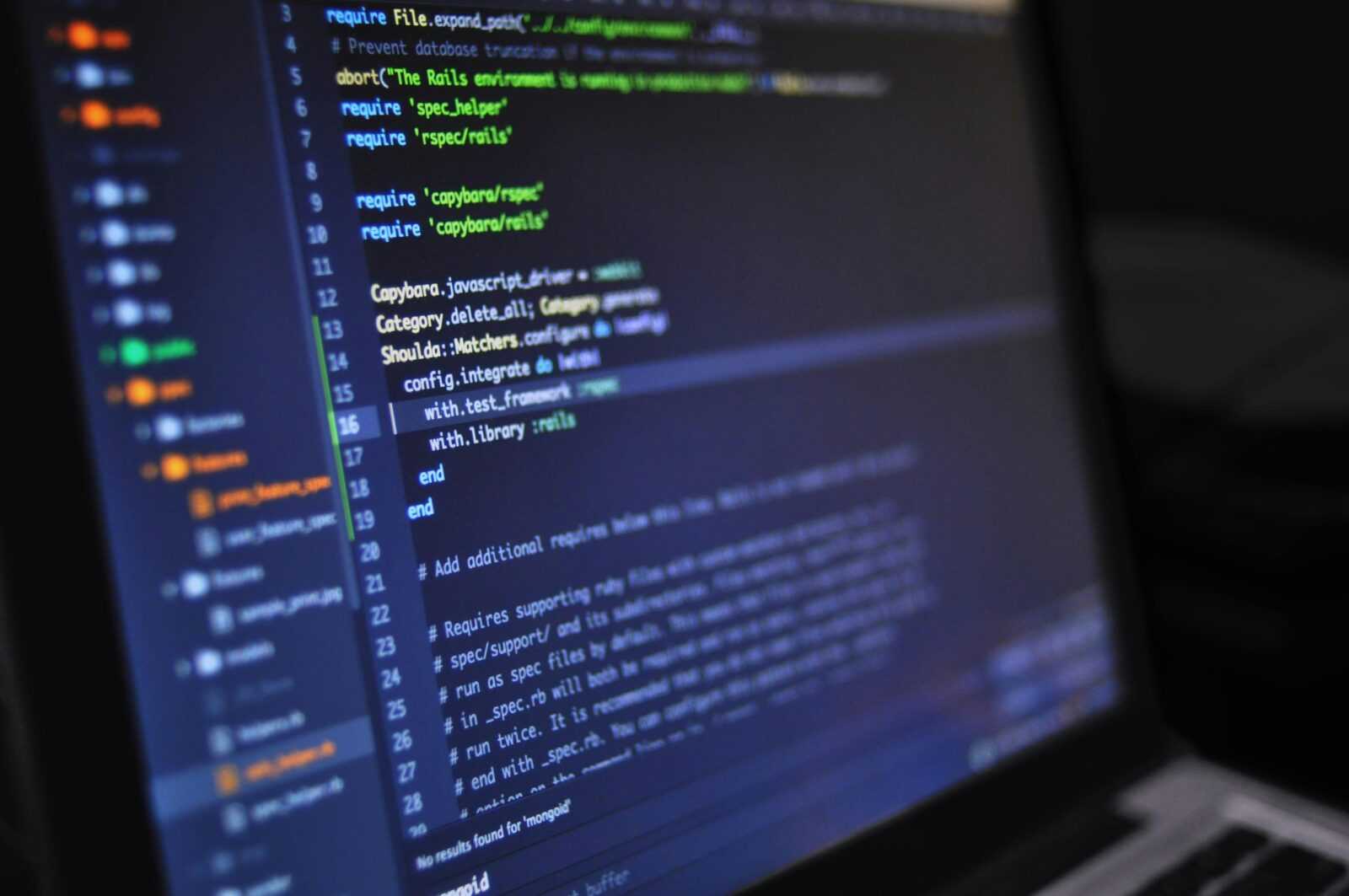Understanding Version Control
The Role of Git in Version Control
Git plays a crucial role in version control by allowing developers, like myself, to track changes in code files over time. Using Git, I can create snapshots of my code at different points, making it easier to revert to previous versions if needed. This decentralized system enables me to work offline and collaborate seamlessly with team members, enhancing our coding efficiency.
Why Version Control is Fundamental for Collaborative Coding
Version control is fundamental for successful collaborative coding projects. As a developer, I understand that version control systems like Git provide a centralized platform for storing code, tracking changes, and managing conflicts. By utilizing version control, my team can work concurrently on code, merge changes effortlessly, and maintain a coherent codebase. This ensures smooth collaboration, improves productivity, and enhances the overall quality of our coding projects.
Setting Up Your Environment
Installing Git
When setting up your environment for collaborative coding, the first step is Installing Git. Git is a powerful version control system that allows you to track changes, collaborate with team members, and manage your code efficiently. To install Git, visit the official Git website, download the appropriate version for your operating system, and follow the installation instructions. Once Git is installed, you’ll have access to a range of commands and features that streamline the development process.
Creating a GitHub Account
Creating a GitHub account is essential for seamless collaboration and code sharing. GitHub is a popular platform for hosting Git repositories, enabling you to store your code in the cloud, track changes, and work with team members from anywhere. To create a GitHub account, visit the GitHub website, click on the sign-up button, and follow the registration process. By having a GitHub account, you can push your local Git repositories to the cloud, collaborate on projects, and contribute to open-source initiatives efficiently.
Commits, Branches, and Merges: The Building Blocks of Git
Making Your First Commit
When starting a new project or making changes to existing code, the first step is committing your work. It’s essential to provide descriptive and concise commit messages that outline the purpose of the changes. By creating meaningful commits, it’s easier to track modifications, understand the history of the project, and revert to previous versions if needed. Remember, each commit represents a snapshot of your code at a specific point in time, making it crucial for maintaining a well-documented project history.
Branching Out
Branching in Git allows me to create separate lines of development within a project. When working on new features, bug fixes, or experimental changes, creating a new branch keeps the main codebase clean and stable. Each branch operates independently, enabling me to work on multiple tasks simultaneously without affecting the main project until changes are ready for integration. By leveraging branches effectively, I can experiment, collaborate, and iterate on code with ease, fostering a more organized and efficient development process.
The Merge Process
Merging is the process of combining changes from one branch into another, typically integrating new features or bug fixes back into the main codebase. Before merging, it’s crucial to resolve any conflicts that may arise if multiple branches have made conflicting changes to the same file. Git offers tools to manage conflicts efficiently and ensure a smooth integration process. By merging branches systematically, it’s possible to keep the project up-to-date, incorporate new features seamlessly, and maintain version history integrity across different development initiatives.
Working with GitHub: Beyond the Basics
Exploring Repositories
When working with GitHub, repositories play a vital role in organizing and managing your codebase. A repository in GitHub is like a folder for your project, where you can store all your files, track changes, and collaborate with others. By exploring repositories, I can easily navigate through project files, view commit history, and manage project settings. Understanding how repositories work is essential for efficient code management and seamless collaboration with team members.
Pull Requests and Code Reviews
Pull requests are a core aspect of GitHub for initiating code reviews and integrating changes into the main codebase. When I create a pull request, I’m proposing my changes for review by team members before merging them. Code reviews are valuable as they ensure code quality, maintain coding standards, and foster knowledge sharing within the team. By actively engaging in pull requests and code reviews, I can receive feedback, suggest improvements, and contribute to enhancing the overall codebase quality.
Issue Tracking and Project Management
GitHub offers robust tools for issue tracking and project management, enabling me to organize tasks, track bugs, and collaborate effectively with my team. By utilizing GitHub issues, I can create, assign, and prioritize tasks, provide detailed descriptions, and link them to pull requests for better traceability. Effective issue tracking ensures that project requirements are met, bugs are addressed promptly, and progress is transparent. Leveraging GitHub for project management empowers me to efficiently coordinate with team members, meet project deadlines, and deliver high-quality software solutions.
Collaborative Workflows in Git and GitHub
When it comes to collaborative workflows in Git and GitHub, understanding the nuances between forking and cloning is essential for efficient teamwork.
1. Forking vs Cloning
I find it crucial to differentiate between forking and cloning when collaborating on projects using Git and GitHub.
Forking a repository creates a copy of the original repository in my GitHub account. It allows me to work on the project independently, make changes, and propose these changes back to the original repository through pull requests. Forking is particularly useful when I don’t have write access to the original repository but want to contribute to the project.
On the other hand, cloning involves creating a local copy of a repository on my machine. Cloning allows me to work on the project locally, make changes, and push these changes back to the repository. Cloning is handy when I have direct write access to the repository and need to collaborate with others on the same codebase.
Understanding the distinction between forking and cloning helps streamline collaboration and ensures a structured approach to working on projects with multiple team members.
2. Establishing a Collaborative Workflow
Establishing a collaborative workflow in Git and GitHub is key to maintaining version control integrity and facilitating seamless cooperation among team members.
I recommend setting clear guidelines for branch management to ensure that team members work on separate development lines without disrupting the main codebase. By creating feature branches for new functionalities or bug fixes, team members can work independently and merge their changes back to the main branch once they are ready.
Regular communication and code reviews are essential parts of a successful collaborative workflow. Using pull requests in GitHub enables team members to review each other’s code, provide feedback, and discuss proposed changes before merging them into the main branch. This promotes code quality, knowledge sharing, and ensures that all changes align with the project’s goals.
Moreover, utilizing tools like GitHub Issues for task tracking and project management enhances collaboration by centralizing communication, organizing work tasks, and tracking project progress. By establishing a clear collaborative workflow, teams can effectively manage tasks, prevent conflicts, and deliver high-quality software solutions efficiently.
3. Managing Pull Requests and Merges
Managing pull requests and merges in Git and GitHub is a critical aspect of collaborative coding projects.
When handling pull requests, it’s essential to review the proposed changes thoroughly, provide constructive feedback, and address any potential conflicts before merging the code into the main branch. By following code review best practices, such as clear commenting and referencing relevant issues, team members can maintain code quality and ensure that all changes are aligned with the project’s standards.
Prioritizing efficient merges by resolving conflicts promptly and incorporating feedback from team members helps streamline the development process and ensures that the codebase remains clean and functional. Regularly merging changes into the main branch and keeping track of version history in Git are vital for maintaining code integrity and enabling seamless collaboration among team members.
Staying in Sync and Avoiding Conflicts

1. Syncing Your Repository
When working on a collaborative coding project using Git and GitHub, ensuring that your local repository is in sync with the remote repository is essential to avoid conflicts and maintain version control integrity. To sync your repository, I simply run “git pull” to fetch and merge changes from the remote repository to my local one. By regularly syncing the repositories, I can stay up-to-date with the latest changes made by team members, reducing the chances of conflicts arising during merges.
2. Handling Merge Conflicts
Merge conflicts can occur when integrating changes from different branches or team members into a common codebase. To handle merge conflicts effectively, I first identify the conflicting files and lines using Git. Then, I open the files in my code editor to resolve the conflicts by manually editing the code to incorporate the necessary changes. By carefully reviewing and resolving conflicts, I ensure that the final merged code is error-free and includes all relevant updates from team members.
2. Best Practices for Clean Code Bases
Maintaining a clean and organized codebase is crucial for efficient collaboration and code quality in a shared project. To achieve this, I follow best practices such as descriptive variable names, modular code structure, and consistent coding conventions. By writing clean code, I make it easier for team members to understand, review, and modify the codebase, leading to improved productivity and reduced likelihood of errors. Additionally, I regularly refactor and optimize code to eliminate redundancies and enhance performance, ensuring a streamlined and maintainable codebase for the entire team.
Security and Permissions in GitHub
Setting Up Repository Permissions
- When it comes to collaborating on projects using GitHub, setting up repository permissions correctly is crucial for maintaining control over the project and ensuring data security. As a repository owner, I have the responsibility to manage who can access and make changes to the codebase. By defining the right permissions, I can control whether team members have read-only access to the repository or can contribute by pushing changes.
- To set up repository permissions in GitHub, I navigate to the repository’s settings and access the “Manage access” tab. From there, I can add collaborators by their GitHub usernames or emails and assign them the appropriate role, such as “Read,” “Write,” or “Admin.” This granular control allows me to customize permissions based on each team member’s responsibilities while safeguarding the integrity of the project.
- By ensuring that only authorized individuals have write access to the repository, I reduce the risk of unauthorized modifications and maintain the project’s security. Clear permissions also help prevent accidental changes that could impact the codebase stability, ensuring that only trusted collaborators can make updates to the project.
Secure Coding with GitHub
- Incorporating secure coding practices with GitHub is essential to protect sensitive data, prevent security vulnerabilities, and maintain code integrity. As a developer working on collaborative projects, I prioritize secure coding techniques to mitigate risks and safeguard the project’s assets.
- One key aspect of secure coding with GitHub is avoiding the inclusion of sensitive information, such as API keys or passwords, in the codebase. Instead, I utilize environment variables or secure storage solutions to handle confidential data securely. By following this practice, I reduce the likelihood of exposing critical information and enhance the overall security posture of the project.
- Additionally, I regularly review and update dependencies in the project to address known security vulnerabilities. By keeping dependencies up to date, I mitigate the risk of using outdated libraries with security flaws, ensuring that the project remains secure and resilient against potential attacks.
- Integrating code reviews into the development process is another effective way to enhance security and code quality in collaborative coding projects. By having team members review each other’s code changes, I identify potential security issues, enforce coding standards, and ensure that best practices are followed throughout the development lifecycle.
- By embracing secure coding principles and leveraging GitHub’s security features, I can contribute to the creation of robust, secure, and reliable software solutions while fostering a culture of security and collaboration within the development team.
GitHub Integrations and Automation
Continuous Integration/Continuous Deployment (CI/CD)
When it comes to streamlining development workflows and ensuring efficient collaboration in coding projects, implementing Continuous Integration/Continuous Deployment (CI/CD) practices with GitHub integrations is key. CI/CD allows me to automate the building, testing, and deployment processes, enabling rapid feedback cycles and reducing the likelihood of errors in the codebase. By automating these repetitive tasks, I can enhance productivity, maintain code quality, and deliver software updates more frequently.
Automation Bots and Apps
Utilizing automation bots and apps within GitHub can significantly improve the efficiency of managing tasks and workflows. These bots and apps can handle various repetitive processes, such as issue triaging, pull request reviews, and notifications, helping me save time and focus on coding tasks that require human intervention. Integrating automation bots and apps enhances team collaboration, accelerates project progress, and ensures that development tasks are performed consistently and according to predefined guidelines.

 Amber Derbyshire is a seasoned article writer known for her in-depth tech insights and analysis. As a prominent contributor to Byte Buzz Baze, Amber delves into the latest trends, breakthroughs, and developments in the technology sector, providing readers with comprehensive and engaging content. Her articles are renowned for their clarity, thorough research, and ability to distill complex information into accessible narratives.
With a background in both journalism and technology, Amber combines her passion for storytelling with her expertise in the tech industry to create pieces that are both informative and captivating. Her work not only keeps readers up-to-date with the fast-paced world of technology but also helps them understand the implications and potential of new innovations. Amber's dedication to her craft and her ability to stay ahead of emerging trends make her a respected and influential voice in the tech writing community.
Amber Derbyshire is a seasoned article writer known for her in-depth tech insights and analysis. As a prominent contributor to Byte Buzz Baze, Amber delves into the latest trends, breakthroughs, and developments in the technology sector, providing readers with comprehensive and engaging content. Her articles are renowned for their clarity, thorough research, and ability to distill complex information into accessible narratives.
With a background in both journalism and technology, Amber combines her passion for storytelling with her expertise in the tech industry to create pieces that are both informative and captivating. Her work not only keeps readers up-to-date with the fast-paced world of technology but also helps them understand the implications and potential of new innovations. Amber's dedication to her craft and her ability to stay ahead of emerging trends make her a respected and influential voice in the tech writing community.
